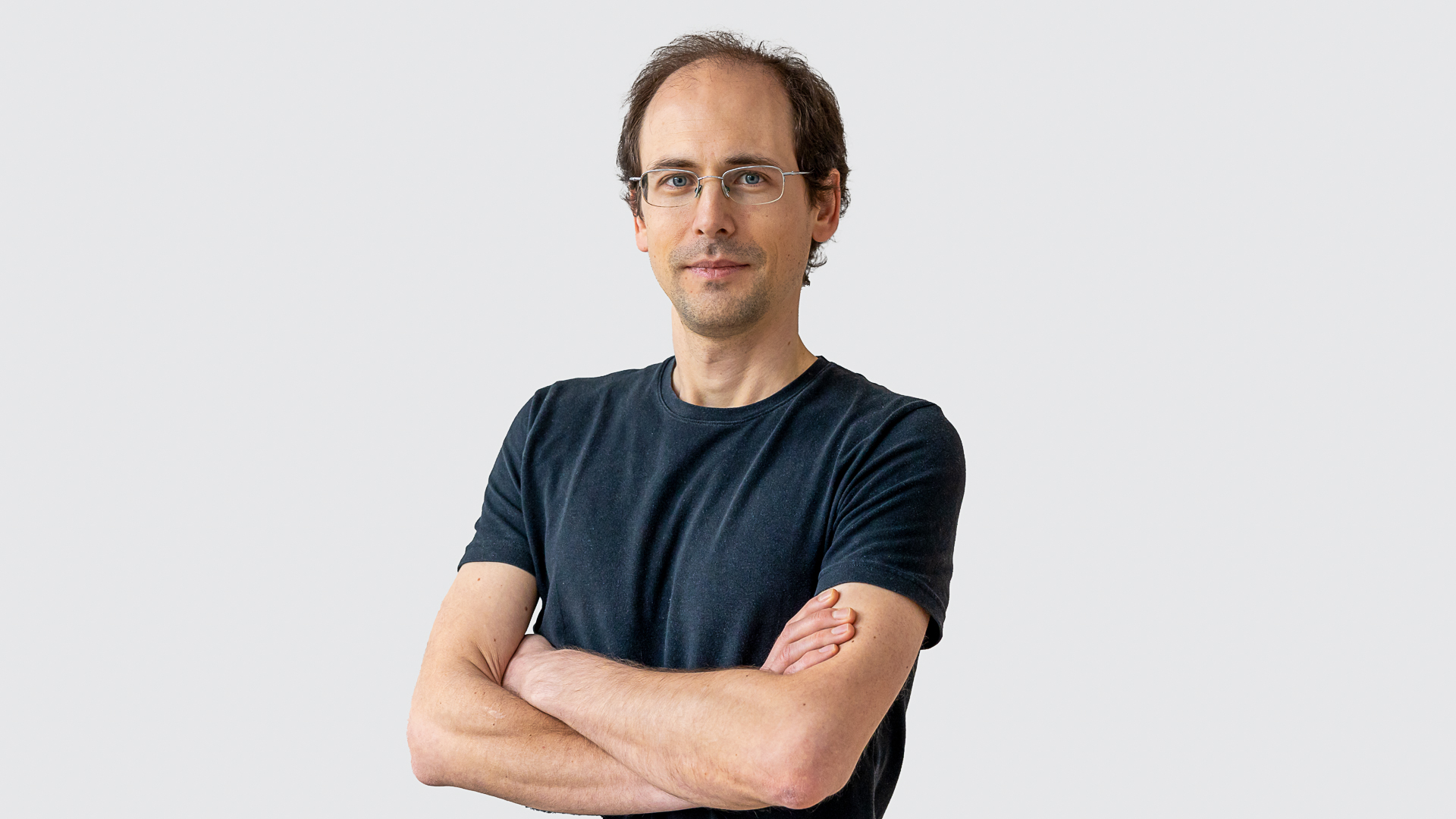What do we do?
We know that living in polluted environment poses a great risk for our health, increasing the probability for cancer, pulmonary and cardiovascular conditions, as well as neurodegeneration, but the steps of disease development remain largely unknown. In the Laboratory of biophysics at the Jožef Stefan Institute (https://lbf.ijs.si) we investigate the mechanisms of toxicity of inhaled particulate matter, micro- and nano-sized particles. Particularly we search for early events at the molecular and subcellular level, which depend on direct interaction of nanomaterial with biomolecules and cellular organelles. Detailed understanding of the mechanisms of the disease progression will allow us to shape more efficient methods for disease prevention, diagnostics, and treatment.
We image processes in live cells using advanced optical microscopy techniques, including super-resolution STED microscopy and spectroscopic modalities. We apply quantitative image analysis tools, including machine-learning based approaches, to extract numerical values, and develop computational models of disease progression that can serve for health-risk prediction. We work in close collaboration with the spin-out company Infinite Biotech (https://infinite-biotech.com/) and international partners from the EU project nanoPASS with complementary expertise in nanotoxicity on cellular and animal level, material science, environmental and workforce protection. Our ultimate goal is to develop fast and affordable alternative toxicity tests that will replace slow, expensive, and often unreliable animal-based assays.
What will you do?
To decipher cell-cell interactions after exposure to different types of nanoparticles, we need to acquire lots of images of the dynamics processes. With classical microscopy, though, one needs to make a compromise between imaging speed, quality of acquired information, and the light dose delivered to cells: e.g. high-resolution imaging requires longer exposure times, lowering temporal resolution, and higher light intensities, which can be harmful to cells.
The main aim of your research will be to develop and use algorithms to control microscopes that will autonomously adapt the acquisition mode to the local scene: the microscope should decide where and when to image more frequently, at higher spatial resolution, or with additional spectroscopic modalities. These enhanced data will allow us to upgrade our understanding of cellular responses in the form of mathematical models.
To answer these questions, you will work with live cellular cultures, operate state-of-the-art optical microscopes, and perform quantitative image analysis. Depending on your background, which could be any field related to natural sciences or engineering, the main focus could be somewhat tuned to match your core strengths. However, you should be willing to work in an interdisciplinary team and eager to learn new skills from other fields. We expect high levels of motivation, integrity, and English communication skills.
If you are interested and would like to learn more or discuss anything, do get in touch.
